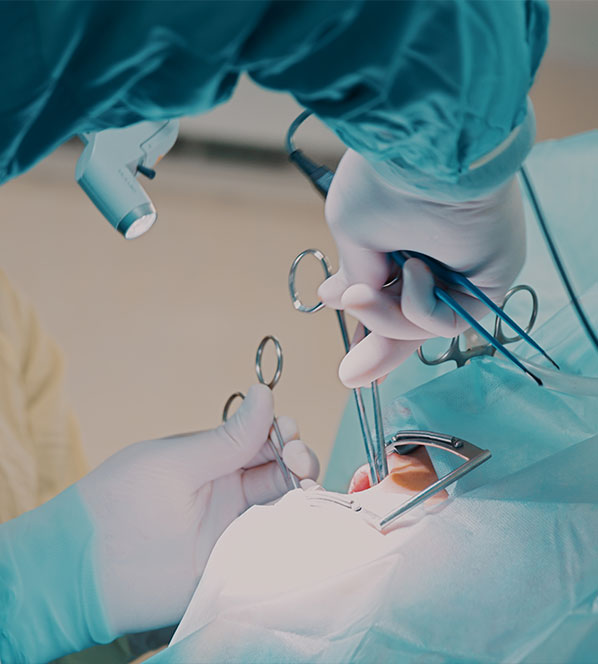Learn About Bone Grafting
A doctor may recommend bone grafting when you have experienced bone loss in your jaw—this can be due to gum disease, tooth extractions, jaw surgery, and general trauma or injury.
Bone grafting may be necessary if you are having a tooth extraction, receiving a dental implant or lack the jaw structure required to retain dentures. Discuss the necessity of bone grafting with your oral surgeon.
Your bone graft material may be one of the following:
- Autogenous (from your own body)
- Allograft (from a human tissue bank)
- Xenograft (from an animal tissue bank)
- Alloplast (a synthetic material)
Your oral surgeon can recommend the best options for your circumstances.
When the bone graft material is placed in your jaw, it acts as a scaffolding for your body’s natural healing abilities. With the support of the new bone graft material, your own tissue can begin to grow and regenerate. In some cases, a specialized membrane or mesh might be used under the gum to protect the graft and support growth. Platelet-rich fibrin (PRF), which is collected from your own blood sample may be used in addition to the bone graft to support soft tissue thickness and healing.



